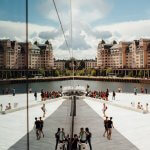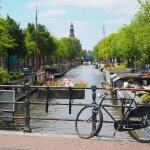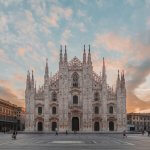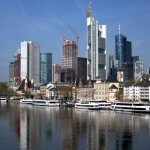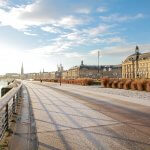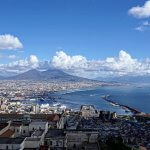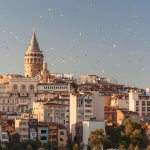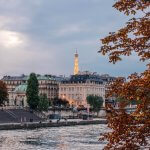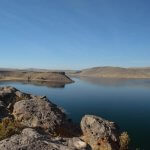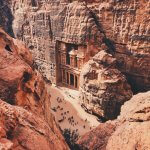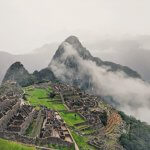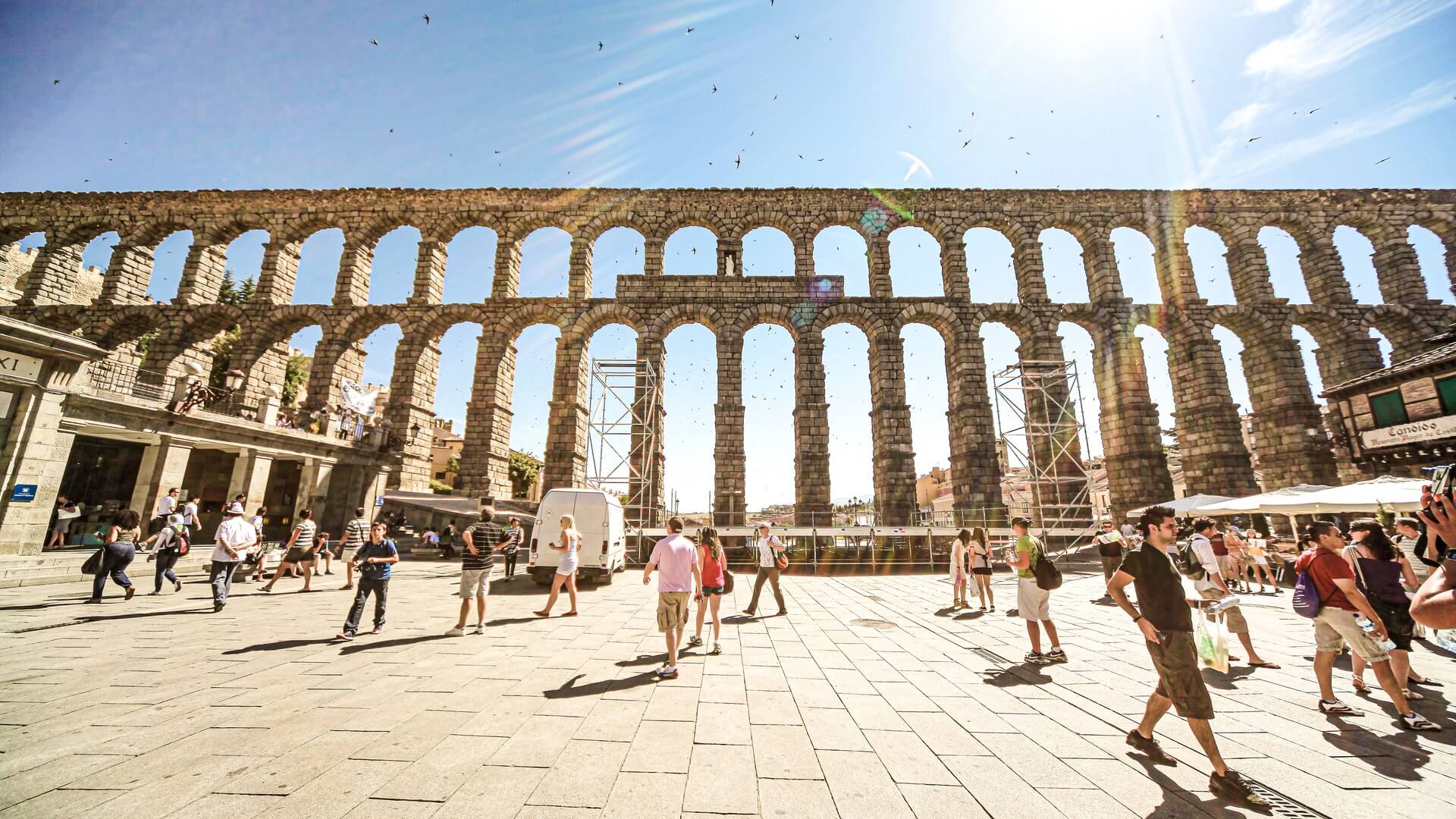
Segovia is a municipality in Spain that is part of the autonomous community of Castile and Leon (Castilla y León). Certainly, getting to know its architectural and cultural heritage is one of the best tours for those visiting this beautiful city, especially on account Aqueduct Of Segovia.
Declared by UNESCO in 1985 as a World Heritage Site, Segovia captivates with its Roman Aqueduct. It also stands out for its Cathedral, Alcázar and other places that you cannot miss.
Going a little deeper into its history, Segovia’s original peoples are the Romans, Visigoths and Muslims. Between the 15th and 16th centuries, this city became the textile hub of Spain. In addition, it played a strong role in the consolidation of the Spanish Empire by the Catholic King Carlos I.
Therefore, we invite you to take a tour of this beautiful city and learn more about its biography and its important role in the creation of Spain.
What To See in Segovia
These are the main attractions of the city:
- The Cathedral;
- Alcazar;
- Juderia;
- The Monastery Of San Antonio El Real;
- Walls Of Segovia;
- The Aqueduct of Segovia.
The Cathedral
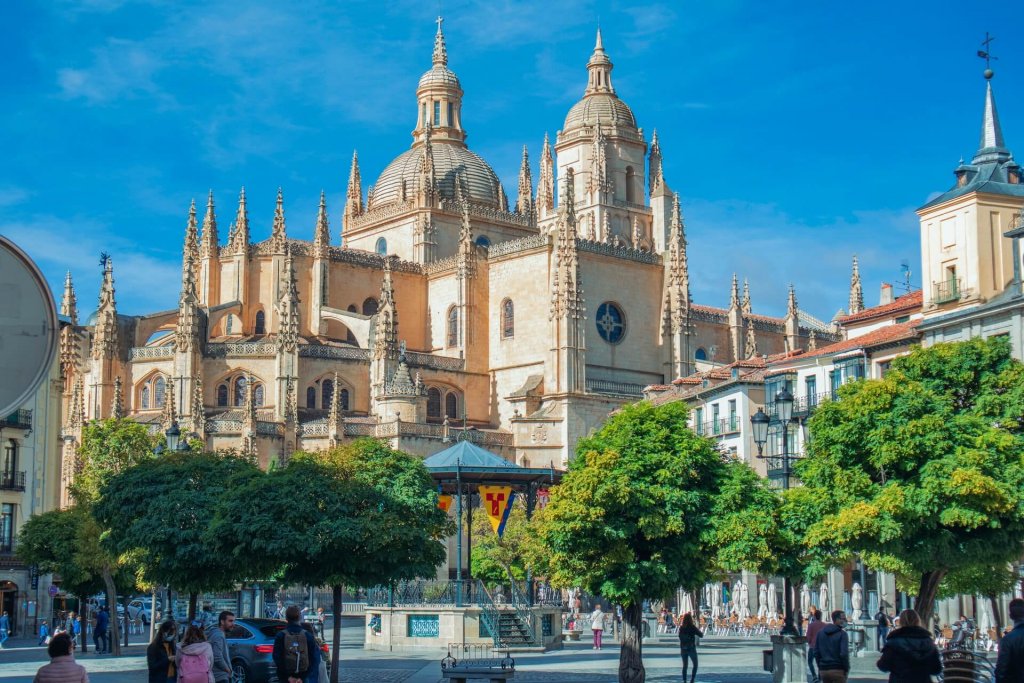
Another spectacular construction in Segovia is the Gothic-style Cathedral, which dates from the 6th century. Known as the Lady of the Cathedrals, the Cathedral of Santa Maria de Segovia, receives this title for being one of the most elegant churches in Spain.
Surprisingly, its grandeur does not go unnoticed, as its architectural look and dimensions are impressive. In fact, the Cathedral is located inside the Historic Center, in the Plaza Mayor of Segovia.
Alcazar
It is located within the Historic Center, and is an Arab palace of great beauty. For many, the appearance of the Alcázar is reminiscent of fairytale castles. Undoubtedly, it is one of the icons of the medieval fortresses of Spain.
Juderia
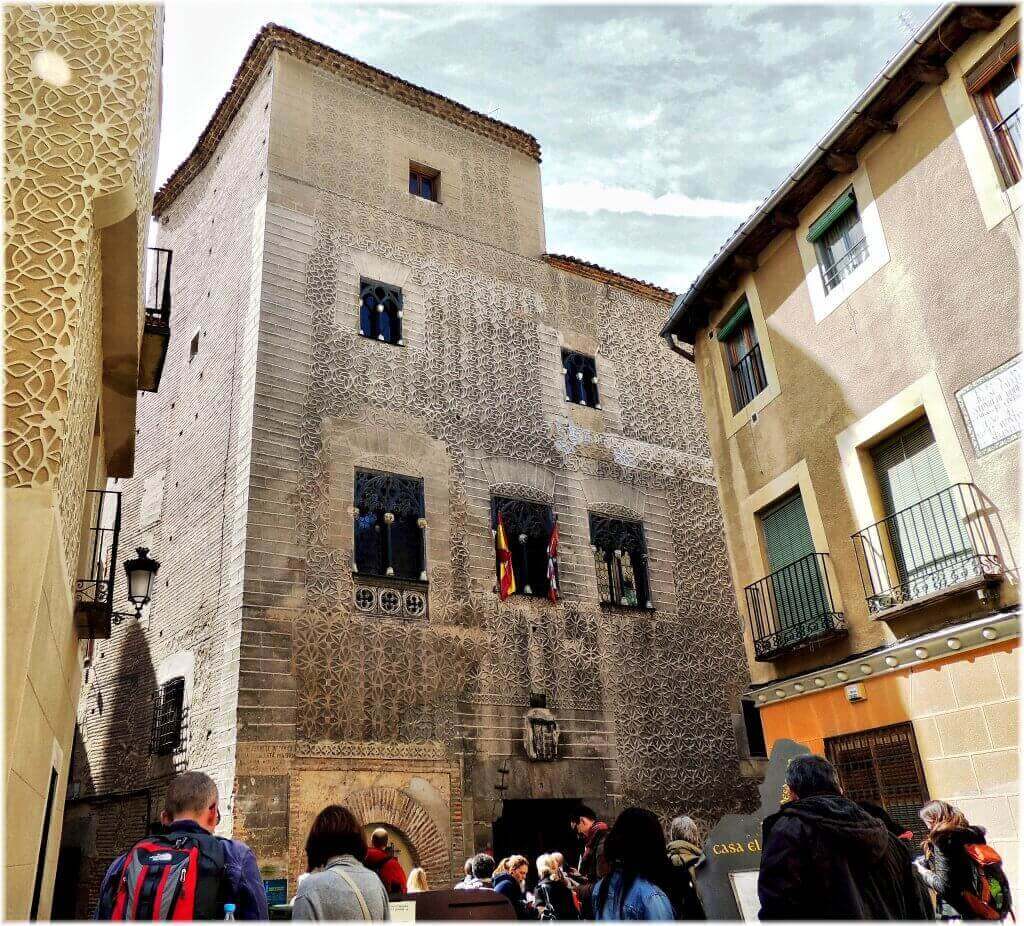
It is a neighborhood of Jewish community since the twelfth century and is limited by walls. Great to walk through its narrow streets, such as Rua Judería Vieja, Rua La Almuzara, Rua de Judería Nueva.
Similarly, it is possible to visit the former palace house of Abraham Sennor. He was one of the Jews who frequented Segovia’s high society without converting. Today the house is the Centro Didactico la Juderia. Walking through these streets is like going back to the medieval period.
The Monastery Of San Antonio El Real
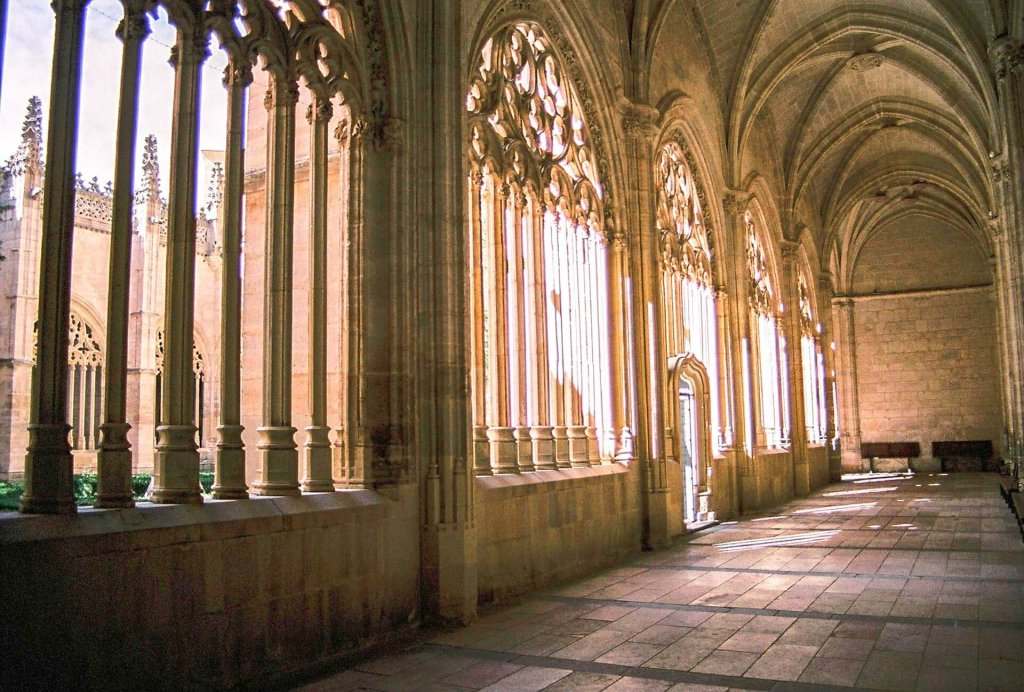
It was the former royal holiday palace of Enrique IV and is currently the convent of the Congregation of the Poor Clares. At the same time, it is a Museum of Painting and Crafts from the 15th century. It still has a church and a chapter hall. The chapel is in the Mudejar style (which is a mixture of Catholic and Arab styles) and the facade is Gothic-Elisabeth. Before visiting the monastery it is good to check days and times.
Walls Of Segovia
It used to be the walls that defended the city. Today they are architectural remains of great beauty. They have almost 3 km of perimeter. It still surrounds part of the historic center today. In addition, it contributes to maintaining that “air” of the 11th century. A walk that takes place at night, offers a beautiful view of the city due to its lighting.
The Aqueduct of Segovia
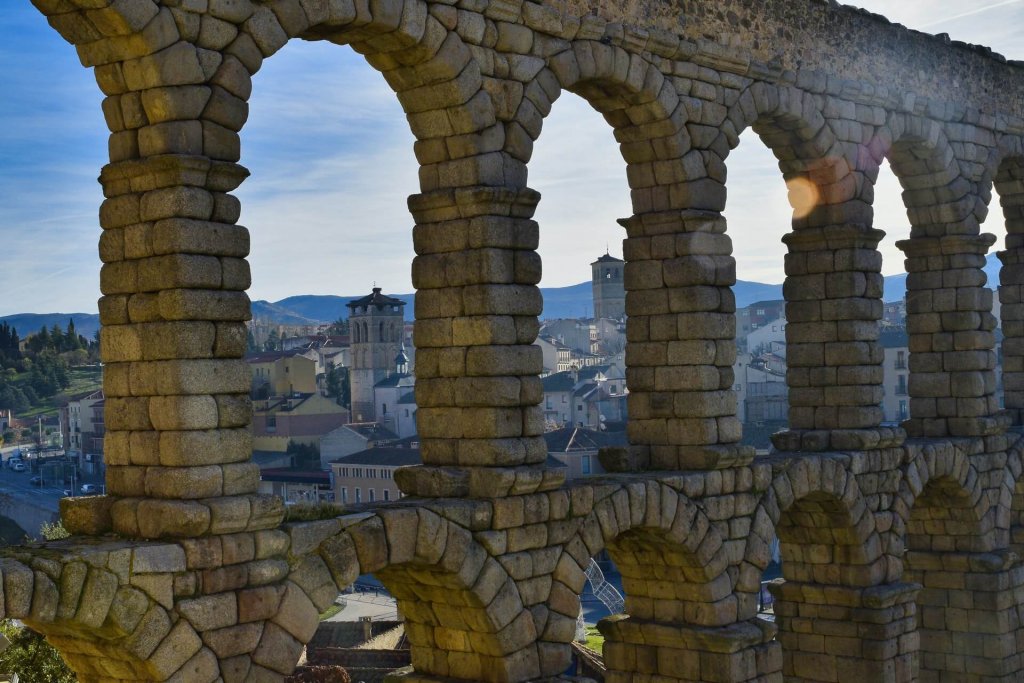
This work of Roman civil engineering is one of the most important ancient buildings in Spain. This architectural work was built to supply the city with water from the mountains. Transport was carried out by several tanks, being used until the end of the 19th century.
Currently, the aqueduct arches are impressive at 29 meters in height. In other words, they are 728 meters long, which can be seen in different parts of the city.
Here you will find some accommodations with promotions! Enjoy!






